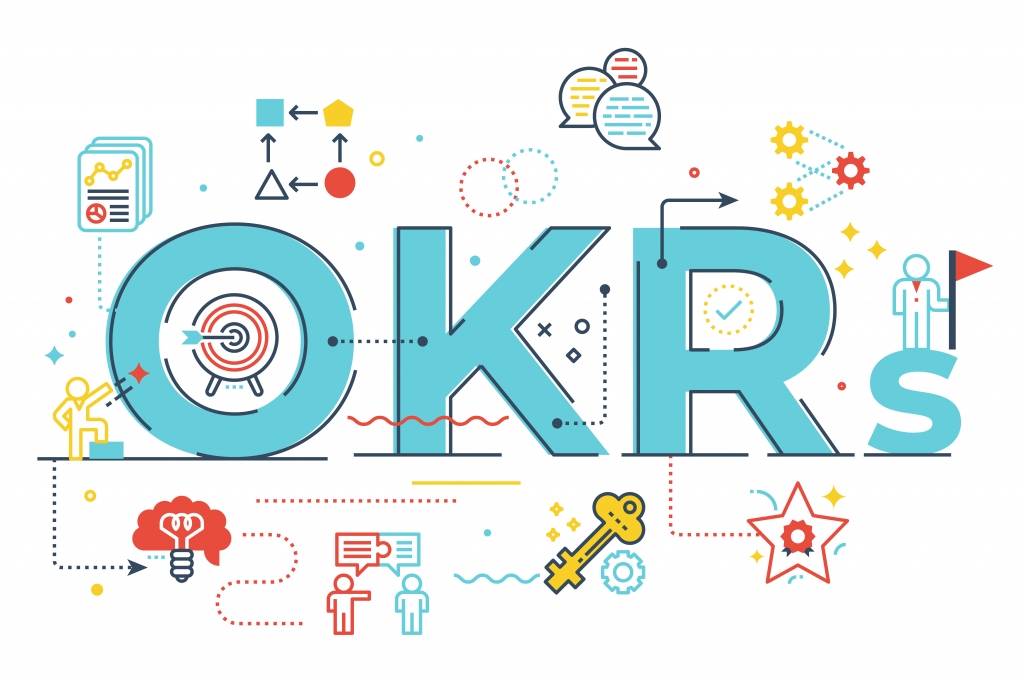The framework of Objectives and Key Results (OKR) has been around since the mid-80s. Now leaders in prominent companies, such as LinkedIn and Google promote it. There are several ways of setting and using OKRs. However, there is only one way you can use it successfully for achieving your business targets and objectives. These are a few ways of using OKRs to set and achieve organizational objectives.
Never Set More Than 3 – 6 Objectives
OKR is a goal setting tactic. It can be easy for you to get carried away and set too many objectives. This is why the framework has limited the maximum number of objectives at 7. You can easily get derailed when you set too many objectives at any given point of time. In fact, studies show that the average employee cannot work on more than 3 to 5 goals at any given point of time.
Set Quarterly Standards
Most companies set OKRs for three months at a time. This gives them ample time to set and measure their objectives and key results. You can set and achieve substantial and ambitious goals without getting derailed by keeping things short and simple. Monthly goal setting may prove to be too cumbersome while semi-annually could cause delays and other issues.
Always Employ Popular Tips
OKRs are being used by several top companies. There are a wide number of experts working on setting OKRs and understanding the science behind them. You can find popular tips in almost every goal related management handbook. It is important that you focus on these tips and employ those most relevant to you.

Set Annual OKRs
While you should have quarterly OKRs, you should also have annual goals. These goals should be action oriented and achievable with a few months of dedicated work. Annual goals need to be high-level key objectives that are a true reflection of the company’s general plan and mission for the next 12 months.
Objectives Should Not Have More than 3 Key Results
OKRs work because of their limiting nature. They are concise and precise at the same time. This means you cannot have too many key results within an objective. In fact, experts suggest not to have more than 5 lines per objective. This will help ensure that your results can be achieved.
Make Them Measurable
You should always set objectives and key results that are quantifiable in nature. This will go a long way in measuring the OKR progress. Your team will get a better view of what needs to be done when they have a clear target and measurable progress. They will be able to understand the areas that require improvement.
OKRs Must Be Time Bound
You should set a clear date once you have set up yearly or quarterly OKRs. This is the time by which your anticipated results should start coming in. Time bound goals help keep the team pressured and motivated into completing their work on time. It also prevents team members from delaying important tasks without a solid reason.
